Published in the Saturday Navbharat Times - Page No. 3 on 13 January, 2024
Recently, I came across news about Apple recalling their latest Apple Watches due to some patent disputes about measuring blood oxygen. Who could have ever thought a humble watch could transform from a simple time-telling device into a sophisticated machine adorning our wrist. Though the capability of watches to do tasks beyond time is attributed to modern technology, horology or the study of measuring time dates back to 1450 B.C., when the Egyptians started noticing earth’s natural circadian rhythms. As I stood in the old town square admiring the architectural and astronomical masterpiece in front of me, built way back in 1410, a wave of admiration and awe came over me. After all, it was the first time I had seen a skeleton on a clock reminding passersby of their limited time on earth!
I was looking at the Prague Astronomical Clock also known as Orloj installed on the old town hall of Prague. This amazing clock is the oldest functioning Astronomical Clock in the world, installed in the last decade of the Bohemian Golden Age under the reign of Charles IV. The clock is not just a timekeeper displaying time and recording celestial movements, but a reflection of society and gave all viewers an entertaining glimpse into the beliefs and ideals of the time. On observing the clock closely, I saw that the Earth sits proudly in the centre, with the sun revolving around the earth, a reflection of the prevailing geocentric belief of that time when scientific understanding was intertwined with myth and mysticism.
Not only did this watch tell the time but it also gave the time of sunrise, the phases of the moon, and even offered a lesson in the philosophy of life! Just like me, many other tourists had lined up in the old square of Prague and our patience was rewarded soon. As the clock struck the hour, we witnessed an amazing spectacle! The four figures flanking the clock were set in motion; representing four things that were despised by society at the time of the clock's making. The first was Vanity, represented by a figure admiring himself in a mirror, next, the miser holding a bag of gold representing greed. Across the clock stood death, a skeleton that strikes the time upon the hour. Finally, there was a Turkish figure representing lust and earthly pleasures. On the hour, the skeleton rings the bell and immediately all other figures shake their heads side to side, signifying their unreadiness "to go". The figures, representing the reluctant acceptance of mortality, shake their heads in defiance of death, echoing the universal human sentiment of clinging to life.
The clock had even more amazing features like every hour of the day, the left and right windows above the astronomical clock slide aside to reveal the parade of the statues of the Twelve apostles and then a golden rooster crows . The legend goes that if you hear the rooster, you are alive, adding a touch of whimsy to this captivating chronicle.
As I sat at one of the numerous cafes lining the old square, I was happy that yes, I could hear the rooster crowing every hour and felt lucky to be alive and kicking! I looked around the old town square of Prague and each and every building there seemed to hold a story in its walls. The square is not merely a collection of buildings; it is a dynamic hub of cultural and social life. A historical horse cart was taking some tourists on a ride around town adding a touch of old world charm to the beautiful setting! Sometimes you have to read hundreds of pages of the history books to understand the city’s story, but here in Prague all it took was an hour in the old town square, a living testament to the city's rich history and architectural splendour. Surrounded by buildings representing various architectural styles, including Gothic, Baroque, Romanesque and Rococo, the square encapsulates the diverse chapters of Prague's evolution.
I had visited Prague last year just before Christmas and all of Prague from the old town to Wenceslas square had turned into a magical winter wonderland with its Christmas market, the festive lights and the aroma of mulled wine. A stroll along the old cobblestoned streets of Prague will show you why the city lives up to its name of a city of thousand spires. Navigating the narrow streets, I couldn't resist the charm of Prague's famed Bohemian crystal and porcelain shops.
My next stop in Prague was the Charles bridge. As I stood on the Charles Bridge, I was immersed in the timeless beauty of Prague. Built in the 14th century, this iconic bridge connects the Old Town to the enchanting Lesser Town and castle district home to the imposing Hradcany castle. Walking along the cobblestones, I was surrounded by the allure of 30 statues of saints and Baroque-style art that painted a vivid historical narrative on the bridge which was otherwise an excellent example of Gothic architecture. The views of Prague Castle and the city unfolding along the Vltava River are simply breathtaking, and I could have stood there for eternity admiring the view! I loved walking around the castle district and passing my time in the shops around selling wooden items and puppets made in the Czech Republic. I even had a chance to taste delicious traditional dishes which were now modernised and offered in a new style. Noteworthy were the street dessert of chimney cones and Kolache an age old traditional pastry offered in a myriad of modern sweet and savoury flavours.
But this was hardly surprising as invention and discovery seems to run in the veins of the Czech people since centuries. No wonder artists intellectuals like Albert Einstein taught here and the famous music composer Amadues Wolfgang Mozart brought the Don Giovani opera to Prague. Walking around the city brought me to the statue of another great Czech Music composer Antonin Dvorak, whose new world symphony was famously used in popular movie themes of Star Wars and Jaws. I also walked in the foots steps of Prague’s very own Bohemian Jewish novelist Franz Kafka, considered one of the major figures of 20th-century literature.
At every step, I was simply amazed at the inventions of the Czech from coining the word “robot” to discovering eye contacts, the four blood groups, the snap button, the propeller of the ship , the beer glass and the sugar cube. The sugar cube was truly an invention that sweetened everyday life. Jacob Christoph Rad a Czech industrialist invented sugar cubes in 1841 because his wife was said to have injured herself while breaking sugar. A visit to Prague is sure to satisfy your wanderlust and fill your soul with such heartwarming stories.
At veena World, when we were planning an incentive tour itinerary for a corporate, alongwith all the historical must-see places, an important part of the tour was a visit to the Beer factory! And why not? After all the Czech Republic holds the title for the highest per capita beer consumption in the world. Brewing beer in Czech households has been a time-honored tradition that has been passed down through generations. Many Czech families take pride in their homebrewing skills, with recipes and techniques often handed down from grandparents to parents and then to their children. The birthplace of Pilsner and the original Budwieser, the Czech Republic is indeed a paradise for lager lovers.
Along with Prague, visiting the second largest city of Brno, the spa town of Karlovy vary and the picturesque south bohemian town of Cesky Krumlov should be on your list! And yes, Veena World’s tour to Central Europe offers you a chance to visit the beautiful neighboring countries of Vienna, Bratislava, and Budapest for the time of your life!








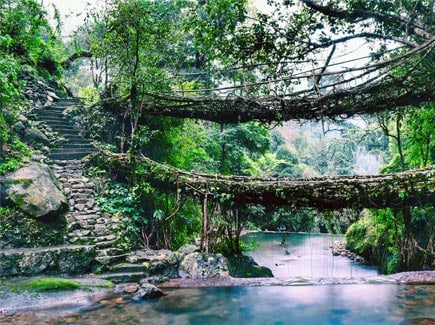














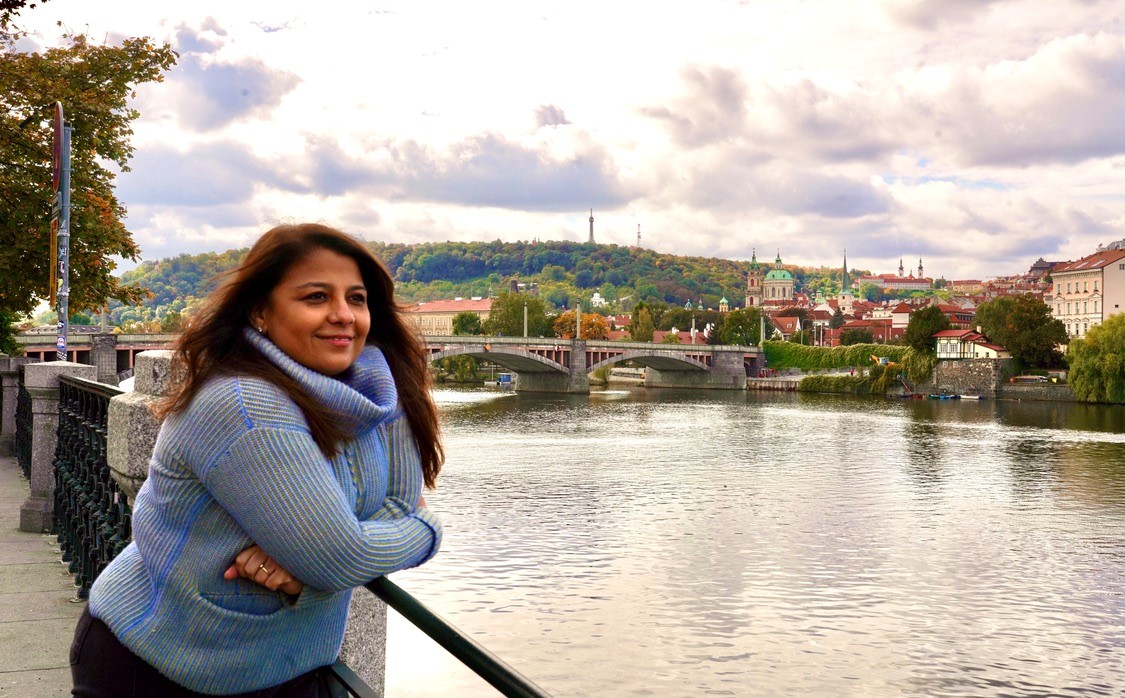









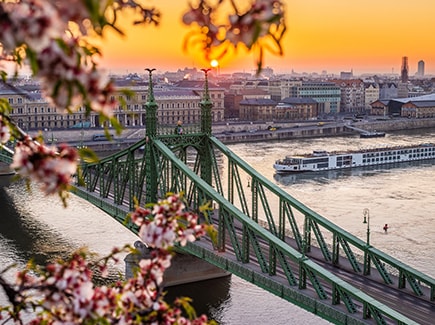
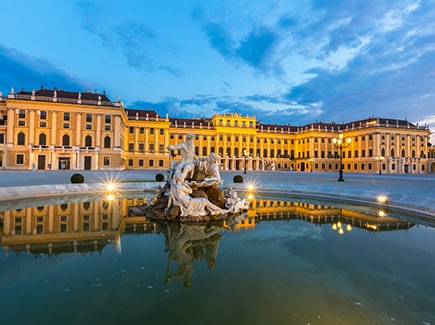
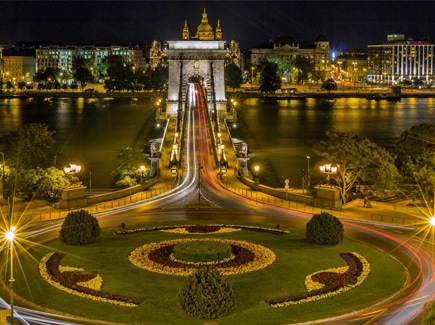
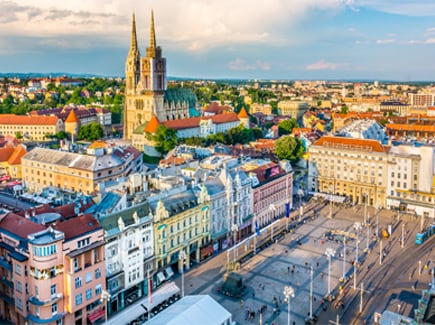
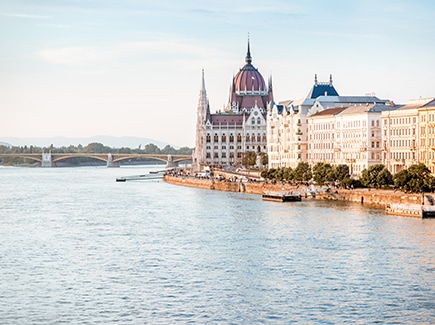







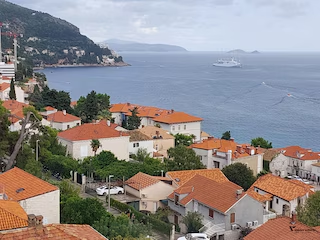














Post your Comment
Please let us know your thoughts on this story by leaving a comment.